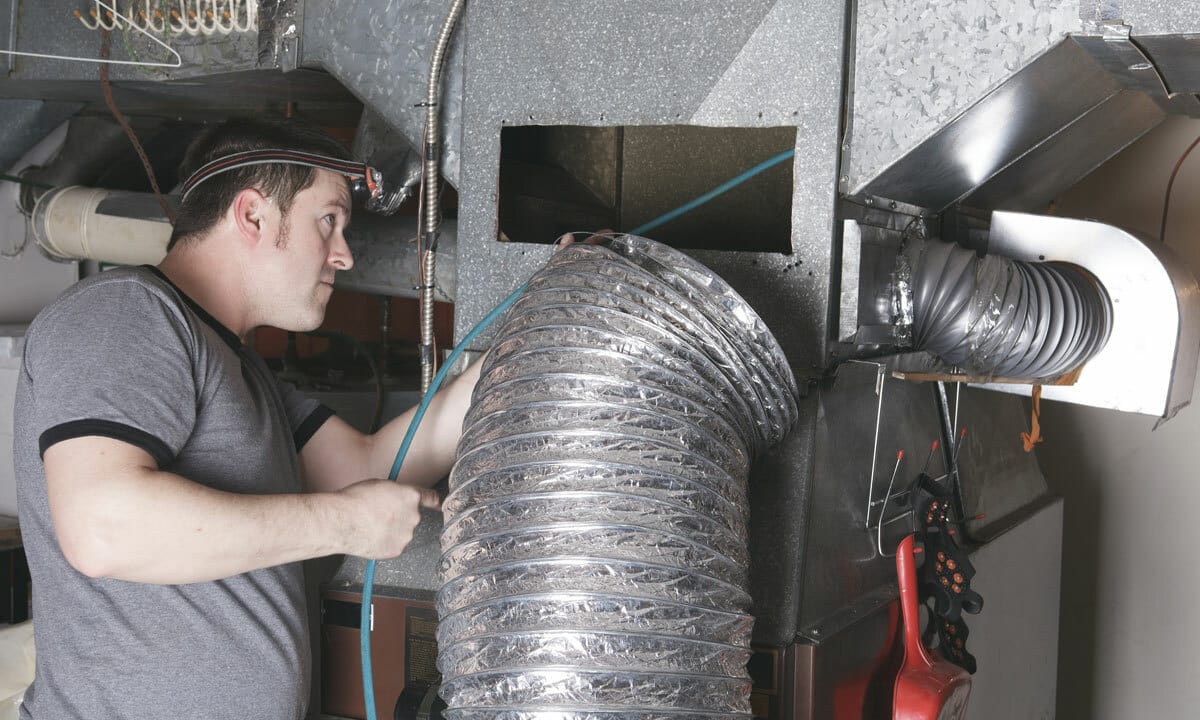Your garbage disposal is the hardest working machine in your kitchen and with the hustle and bustle of this past holiday season, it has been working even harder. Table scrap after table scrap, your disposal is a luxury amenity that makes after dinner clean-up a breeze; but, what happens when it stops working?
These every day tips will help alleviate the potentials of bigger drainage problems in the future and, ultimately, extend the life of your garbage disposal.
Tips to Maintain Your Garbage Disposal
Use Citrus to Remove Foul Smells
When your disposal is producing a foul smell, try putting a lemon slice inside. You can choose to turn it on (make sure to remove the seeds) and let the citrus circulate and flush down into your drain or just allow it to sit for a few days without turning it on, then safely remove it. The citrus will help to eliminate foul food waste odors from invading your kitchen. Another good alternative is just using the juice of a lemon or lime. Overall, this is a more natural method as opposed to using chemical-based fresheners.
Avoid Clog Producing Waste
Although it may seem like an invincible machine, your garbage disposal is truly only made to dispose of minimal table scraps. Steer clear of putting the following food items in your disposal:
- Egg shells – Contrary to popular belief, egg shells can actually stick to your drain. When you put items down your sink or disposal, the shells can latch on to them and, eventually, all the waste sticks together and forms a clog.
- Fibrous Foods – Fibers tend to wrap around the blades causing them to jam. Avoid onion skins, celery stalks, corn husks, etc.
- Vegetable Peels / Rice – Potato skins, pasta, and rice create a starchy paste similar to grease that will cause clogs over time. Most other vegetable peels are either fibrous or will act similarly to potatoes.
- Seeds / Granular Waste – Hard seeds, popcorn kernels, apple seeds, and coffee grounds don’t grind very well. The smaller pieces can get wedged underneath the blades and cause them to jam.
Avoid Mainstream Drain Cleaners
When the kitchen sink starts to back up, we immediately reach for the “Drain-O”, but the truth is, most commercial drain cleaners aren’t good for your pipes. Harsh chemicals will start to corrode and damage the blades and pipes connected to your disposal.
Incorporate Water While Disposing
Be sure to turn on the water every time you use the disposal. Let the water run and allow it to continue for about 20-30 seconds after the waste is gone. The running water will carry any remaining particles out of the disposal and help flush the drain pipes connected to it.
Here’s a helpful reference guide that covers all the essentials discussed so you can take the proper measures to maintain your garbage disposal year-round (click the image to enlarge)… Not to mention, it’s a great printable tool to display on the fridge or in communal kitchens at work:
[foogallery id=”5922″]
These few garbage disposal hacks will help you glide through big family dinners with your kitchen intact. If these remedies haven’t made the cut and you’re disposal dilemma is worsening, your best bet is a Radiant tech at Radiant Plumbing & Air. We have 20 years of plumbing experience and all the right tools to get the job done.








